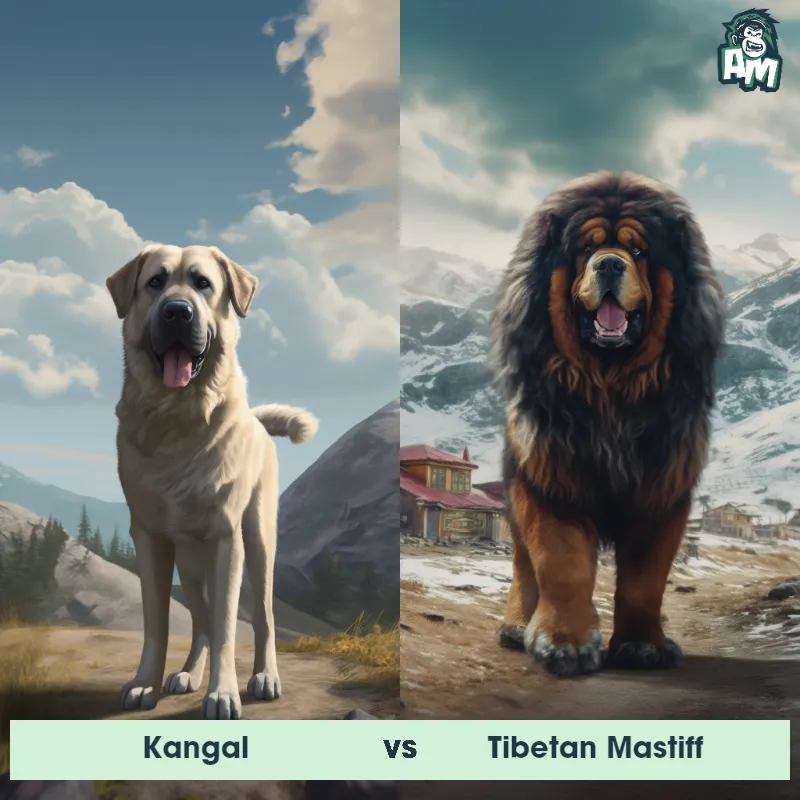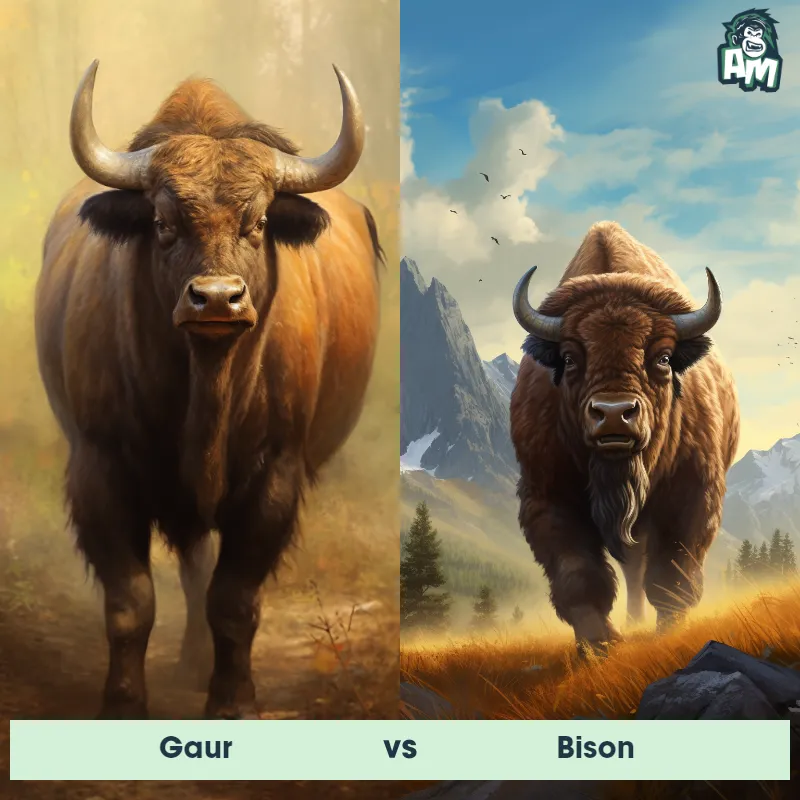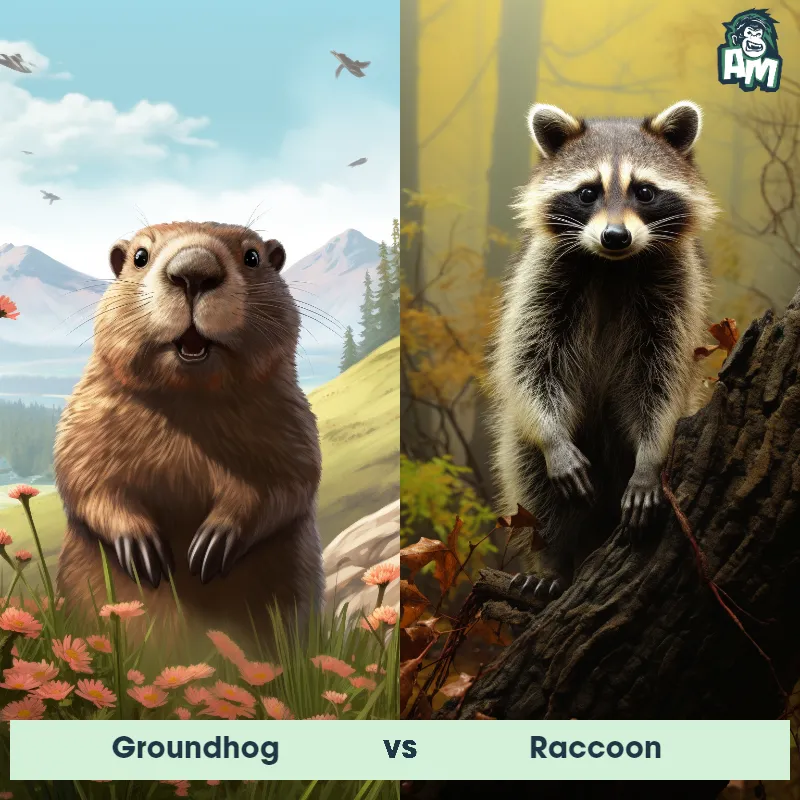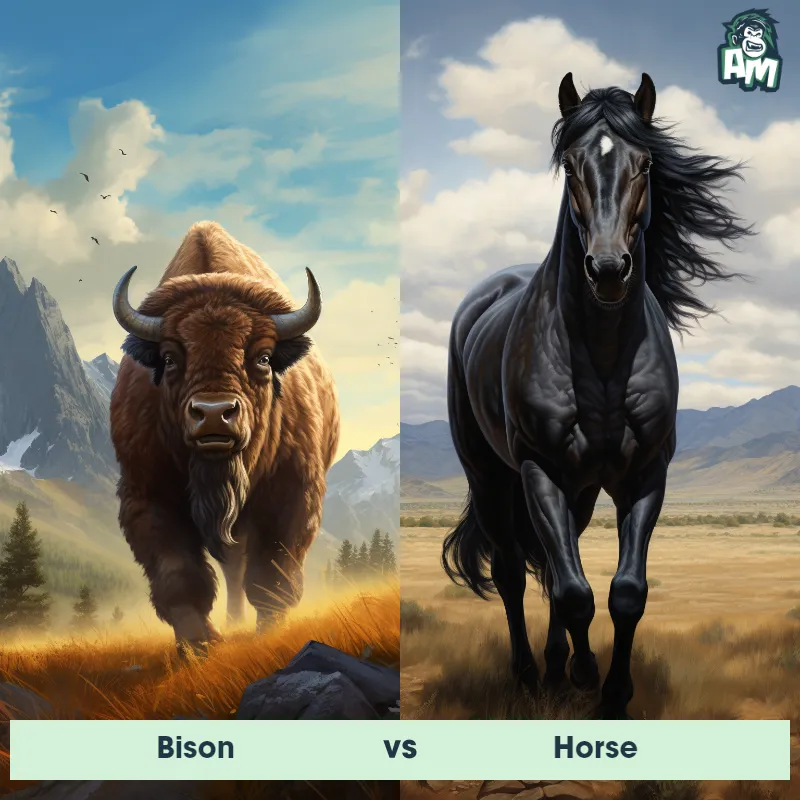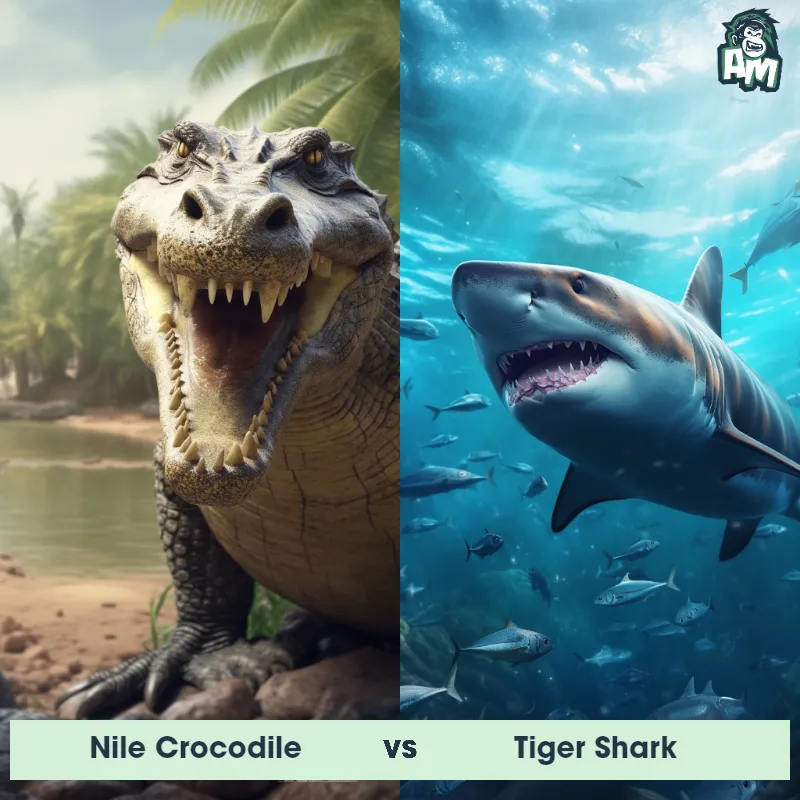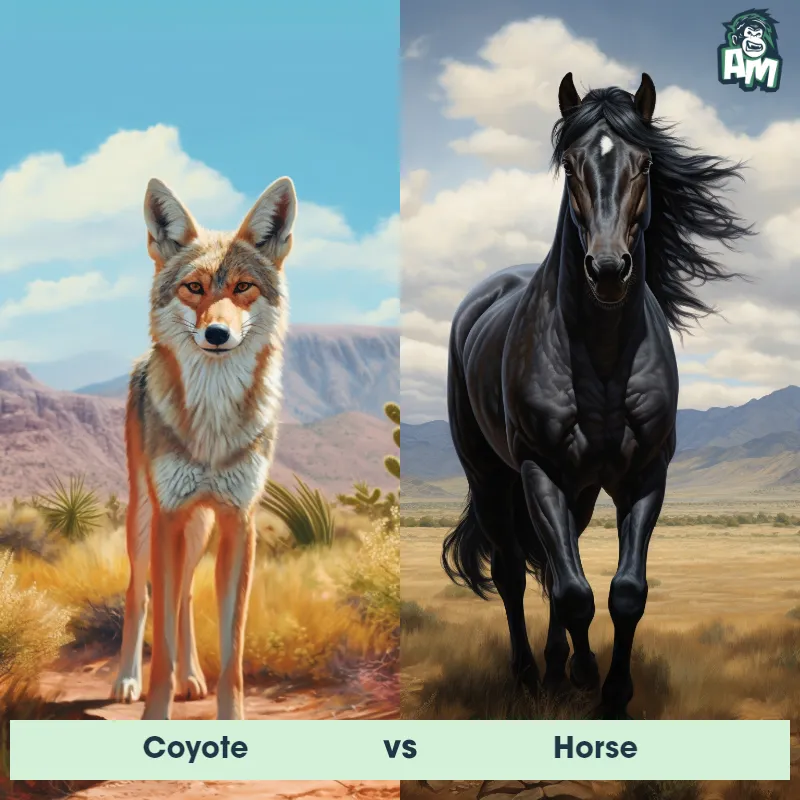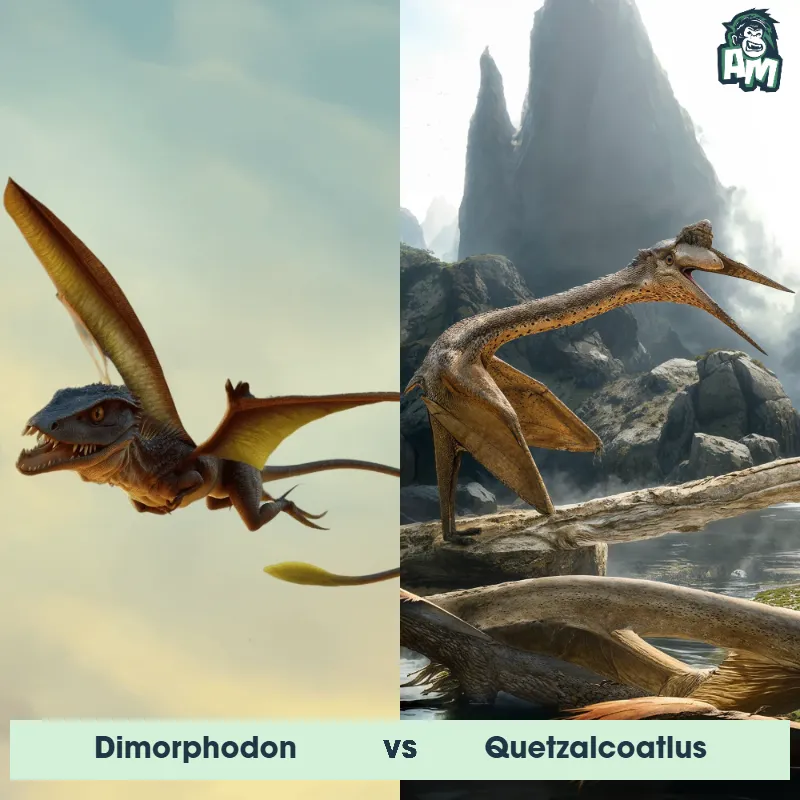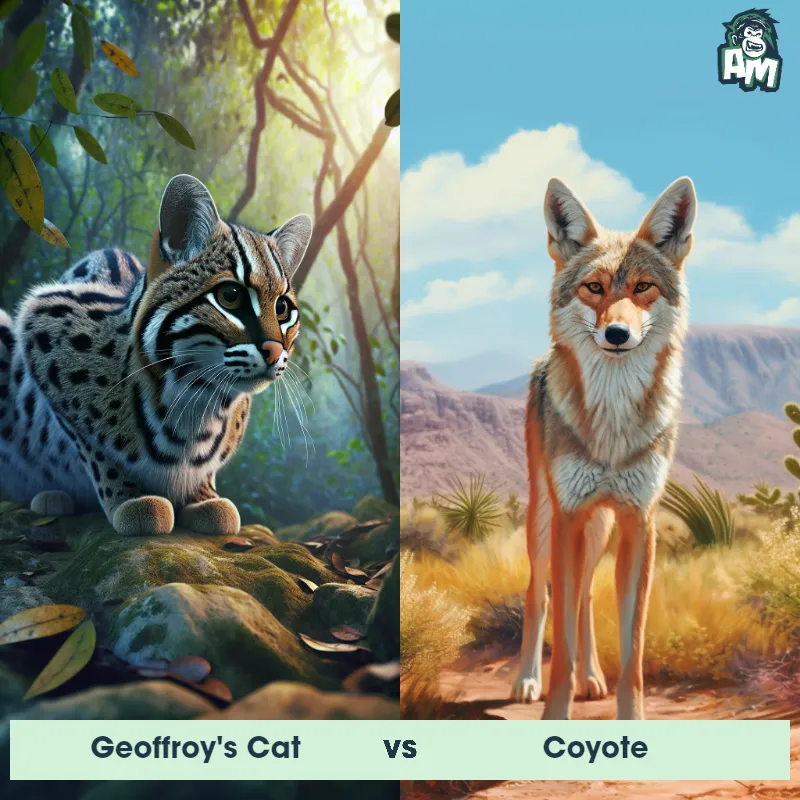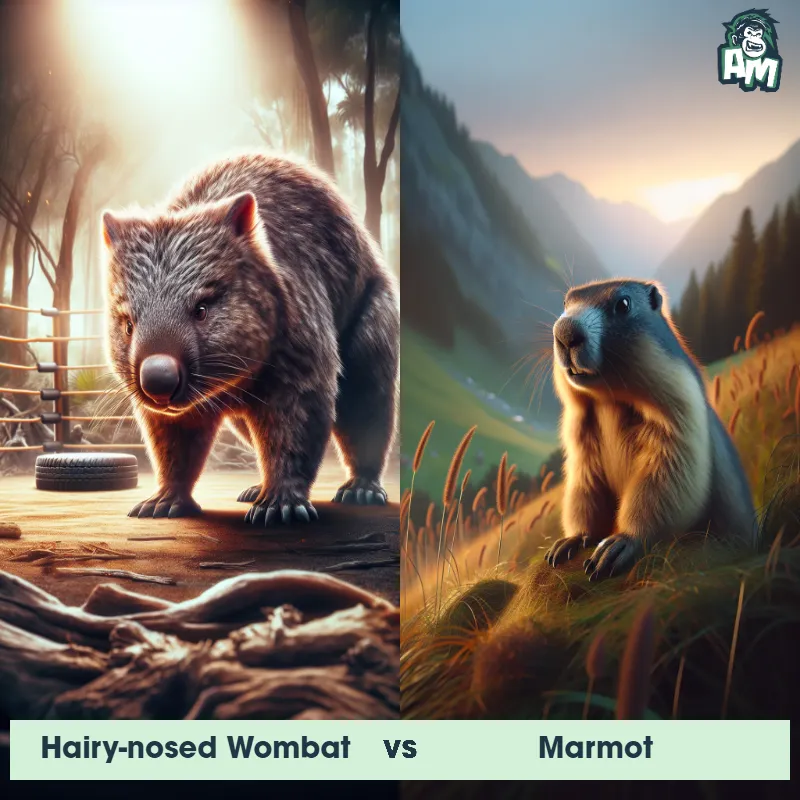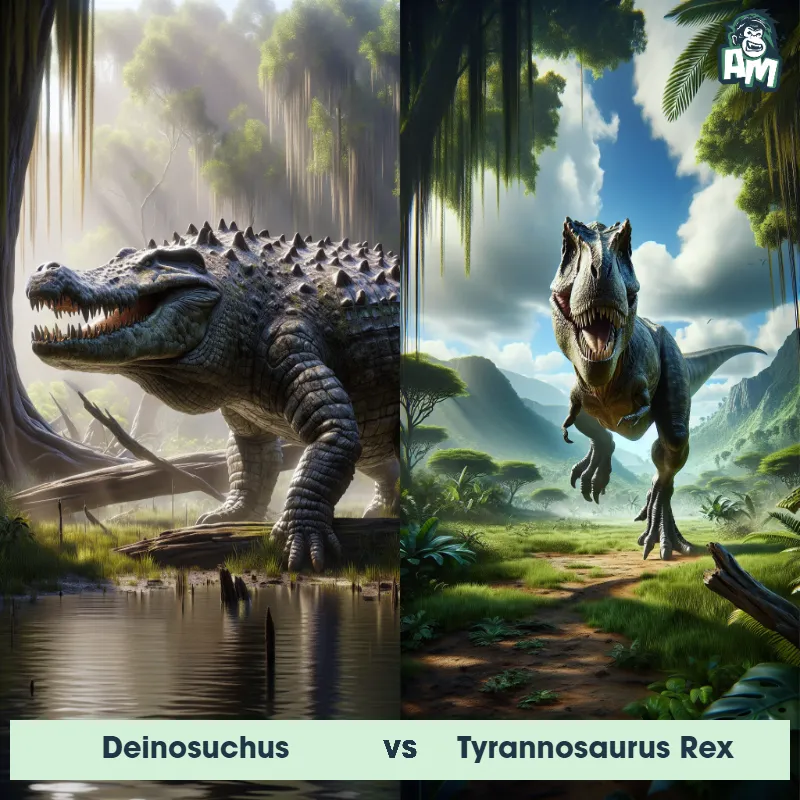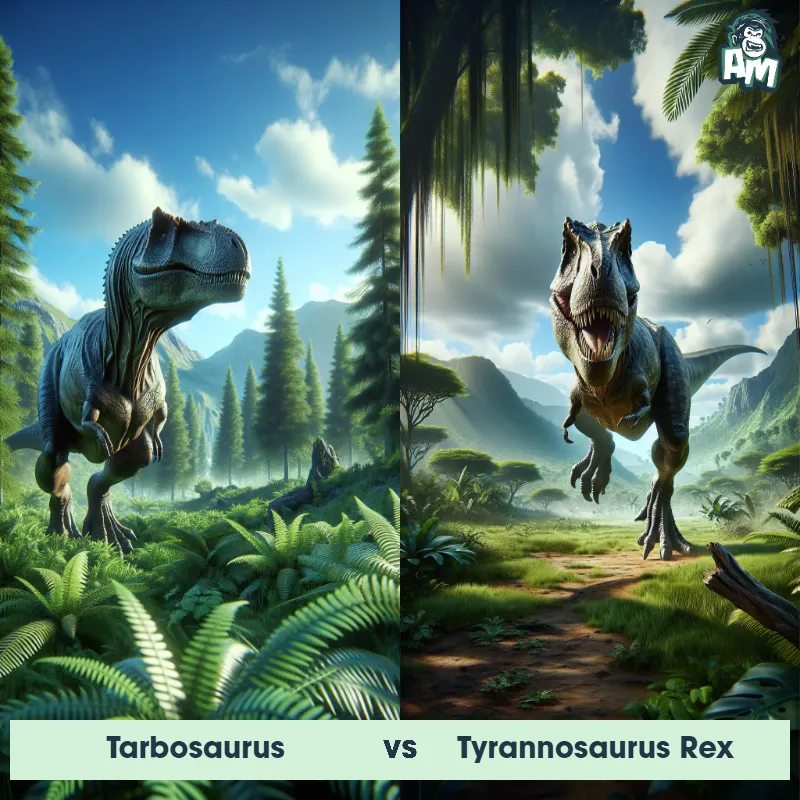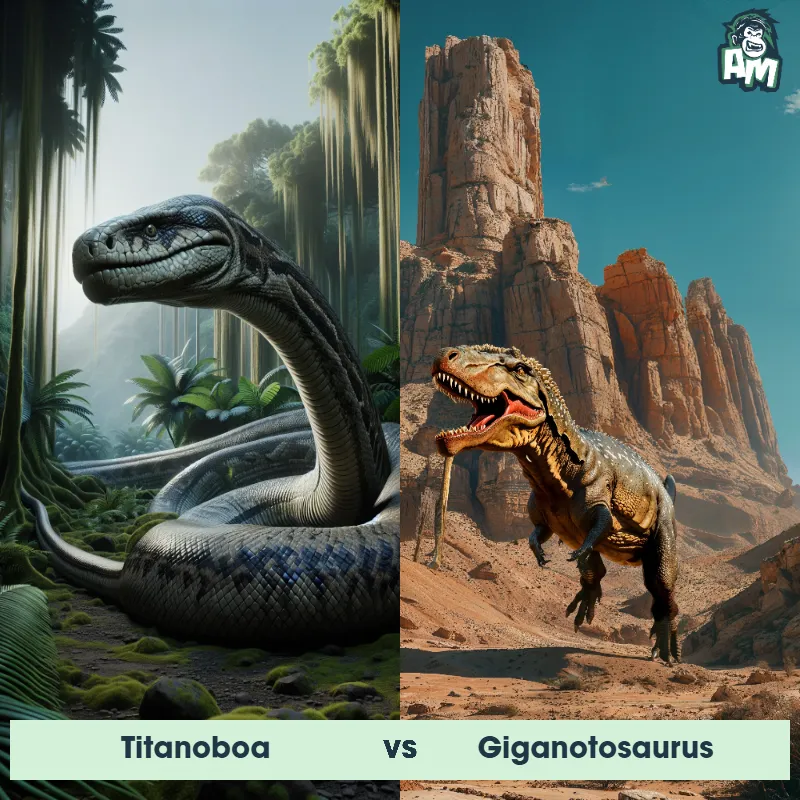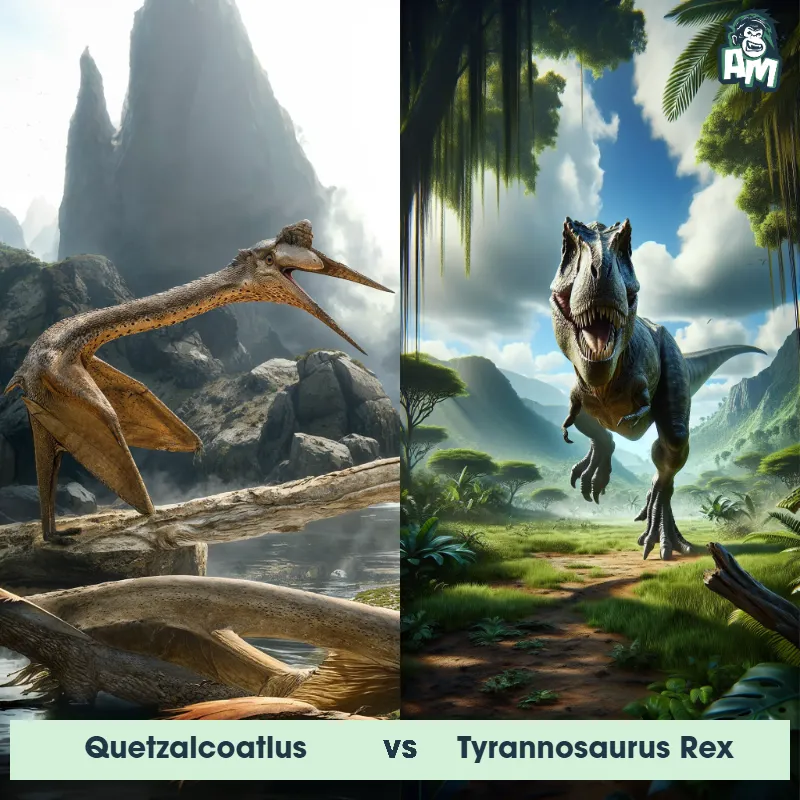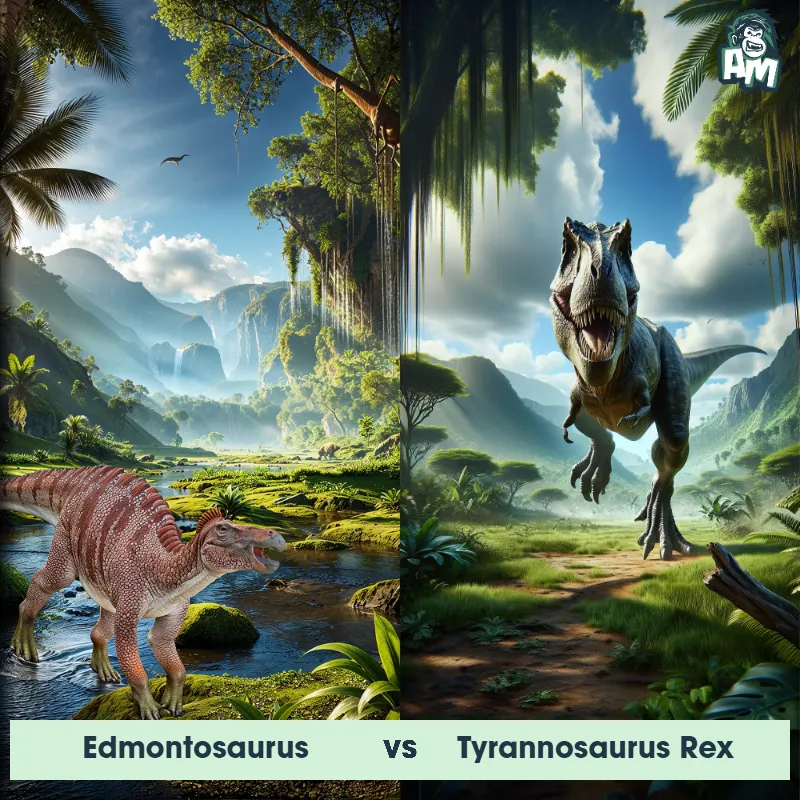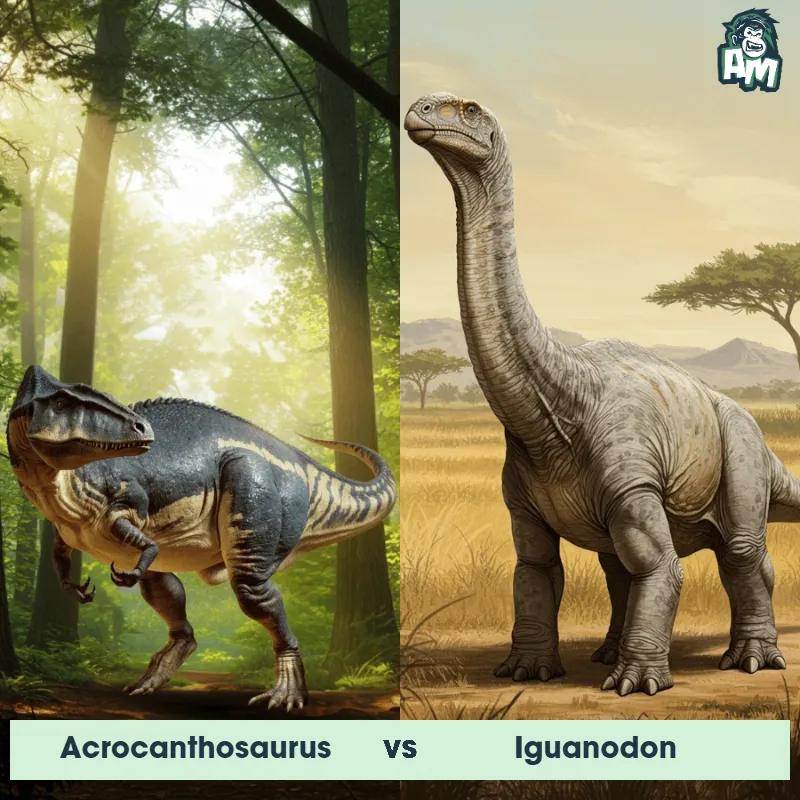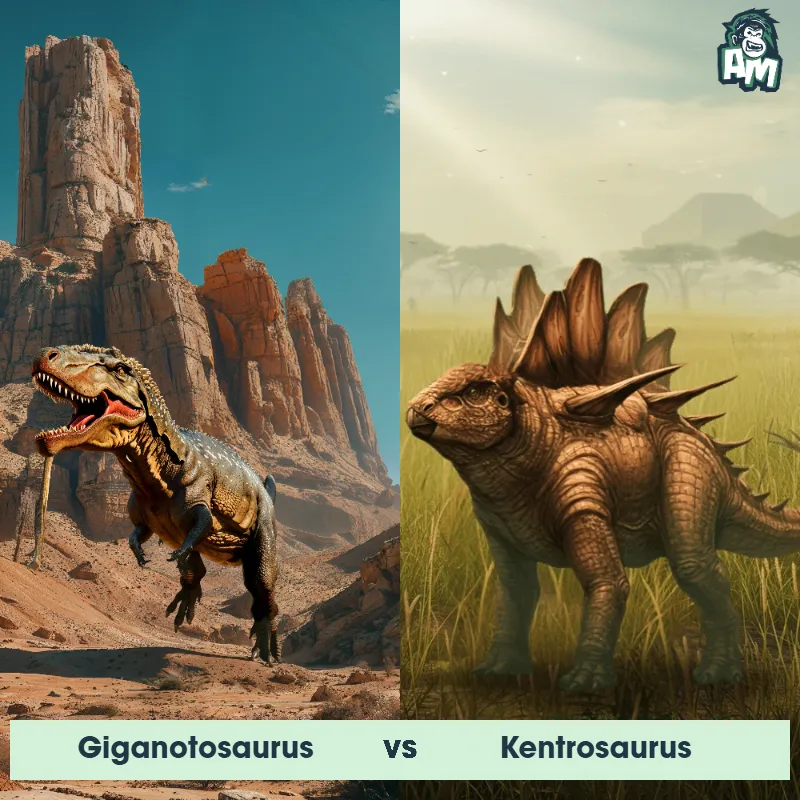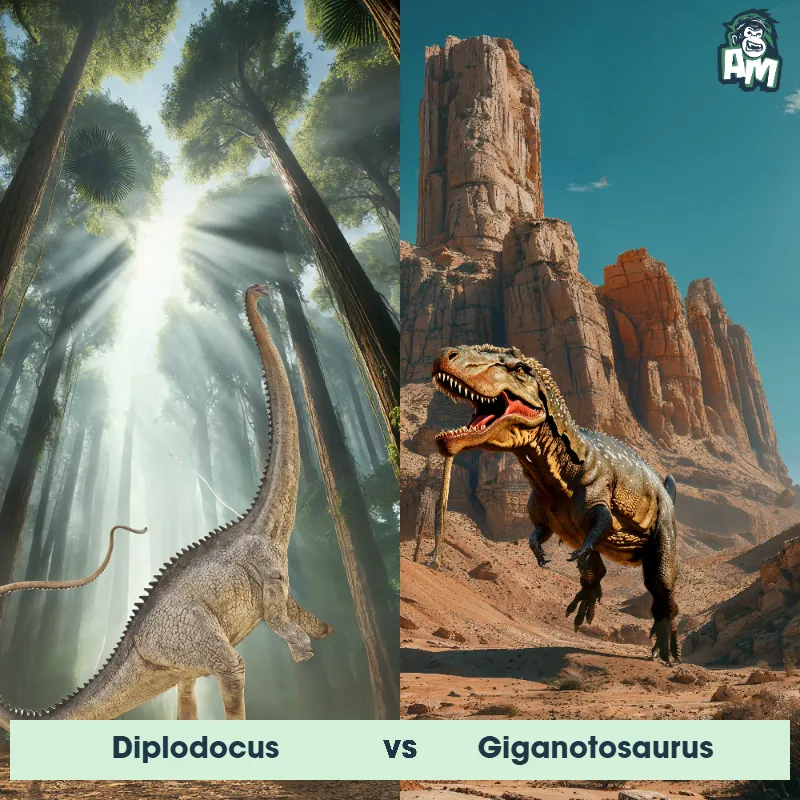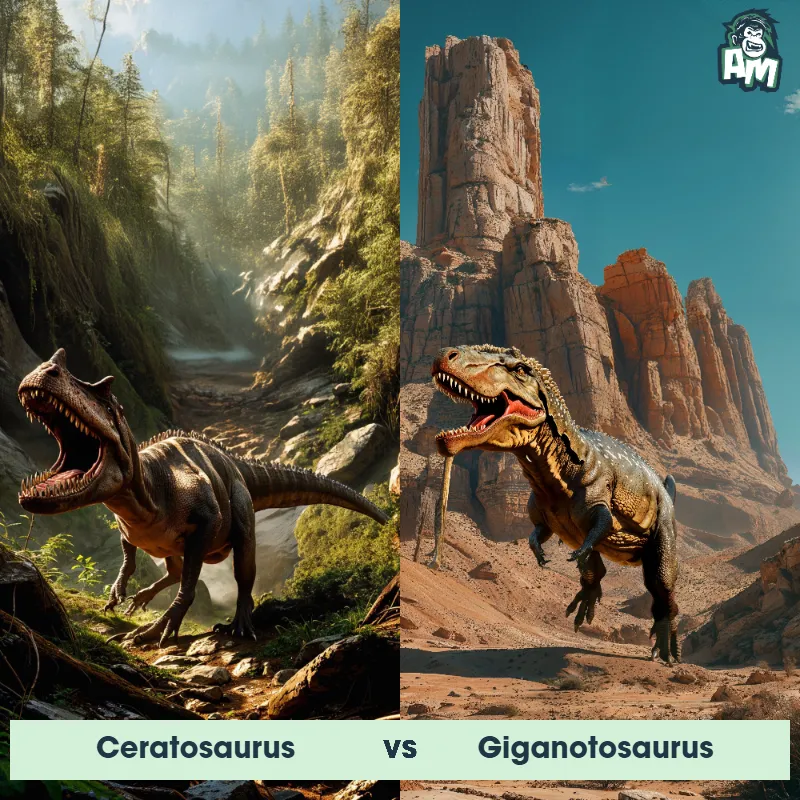Acrocanthosaurus vs TarbosaurusSee Who Wins
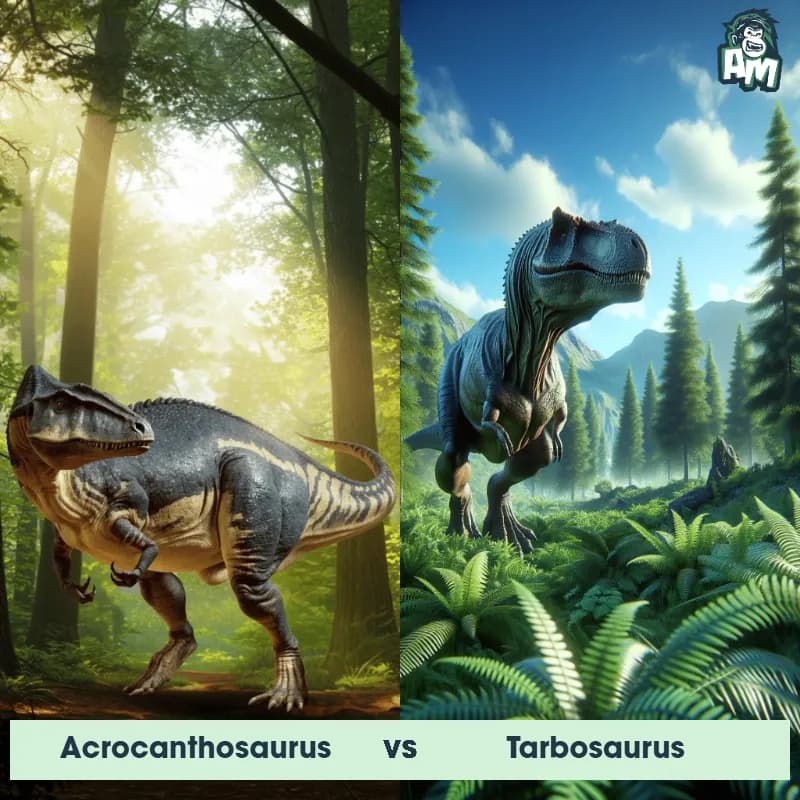
In the prehistoric showdown of titans, we have two massive predators facing off: the towering Acrocanthosaurus and the fierce Tarbosaurus. Both are known for their formidable strength and hunting prowess. This is set to be a battle for the ages!
Contender 1: Acrocanthosaurus
The Acrocanthosaurus, also known as the high-spined lizard, was a large carnivorous dinosaur that lived during the Early Cretaceous period. It was known for its tall neural spines along its back, which supported a sail-like structure. Acrocanthosaurus had a massive skull, sharp teeth, and powerful legs, making it a formidable predator.
Fun Fact: Acrocanthosaurus had one of the longest skulls of any theropod dinosaur, measuring up to 4.8 feet in length.
Contender 2: Tarbosaurus
The Tarbosaurus, also known as the Asian cousin of Tyrannosaurus rex, was a large carnivorous dinosaur that lived in what is now modern-day Mongolia and China during the Late Cretaceous period. It had a massive skull with powerful jaws filled with sharp, serrated teeth, perfect for hunting and tearing apart its prey. Tarbosaurus was bipedal and had small forelimbs compared to its large hind limbs.
Fun Fact: Tarbosaurus had one of the largest skulls of any theropod dinosaur, measuring up to 5 feet in length.
Matchup Stats
| Acrocanthosaurus | Tarbosaurus | |
|---|---|---|
| Size | Up to 38 feet (11.6 meters) in length | Up to 40 feet (12 meters) in length |
| Weight | Up to 6 tons (5,443 kg) | Up to 5 tons (4,500 kilograms) |
| Speed | 20-30 mph (32-48 km/h) | 24 mph (39 km/h) |
| Key Strength | Powerful bite and strong legs | Bite force |
| Biggest Weakness | Vulnerable underbelly | Small forelimbs |
Current Votes
Acrocanthosaurus vs Tarbosaurus
See Who Wins
View More Matches
Looking For More?
Similar Matches
Scientific Stats
| Acrocanthosaurus | Tarbosaurus | |
|---|---|---|
| Scientific Name | Acrocanthosaurus atokensis | Tarbosaurus |
| Family | Carcharodontosauridae | Tyrannosauridae |
| Habitat | Terrestrial | Land |
| Geography | North America | Modern-day Mongolia and China |
| Diet | Carnivorous | Carnivorous |
| Lifespan | 25 years - 30 years | 20 years - 30 years |
Key Differences between Acrocanthosaurus and Tarbosaurus
- Size: Acrocanthosaurus was generally longer and heavier than Tarbosaurus, reaching up to 11.5 meters in length compared to Tarbosaurus's 12 meters but shorter average length.
- Ridge: Acrocanthosaurus had a prominent neural spine ridge along its back, giving it a humped appearance, whereas Tarbosaurus lacked such a feature.
- Geographical Location: Acrocanthosaurus was found in North America, while Tarbosaurus lived in Asia, which influenced variation in their fossilized coloration patterns due to different environmental conditions.
- Teeth: Tarbosaurus possessed smaller, more numerous teeth, while Acrocanthosaurus had fewer, larger, and serrated teeth.
- Limbs: Acrocanthosaurus had relatively longer arms compared to Tarbosaurus, which exhibited short, T. rex-like forelimbs.
- Skull: Tarbosaurus had a more robust and deeper skull with a broad snout compared to the narrower snout of Acrocanthosaurus.



